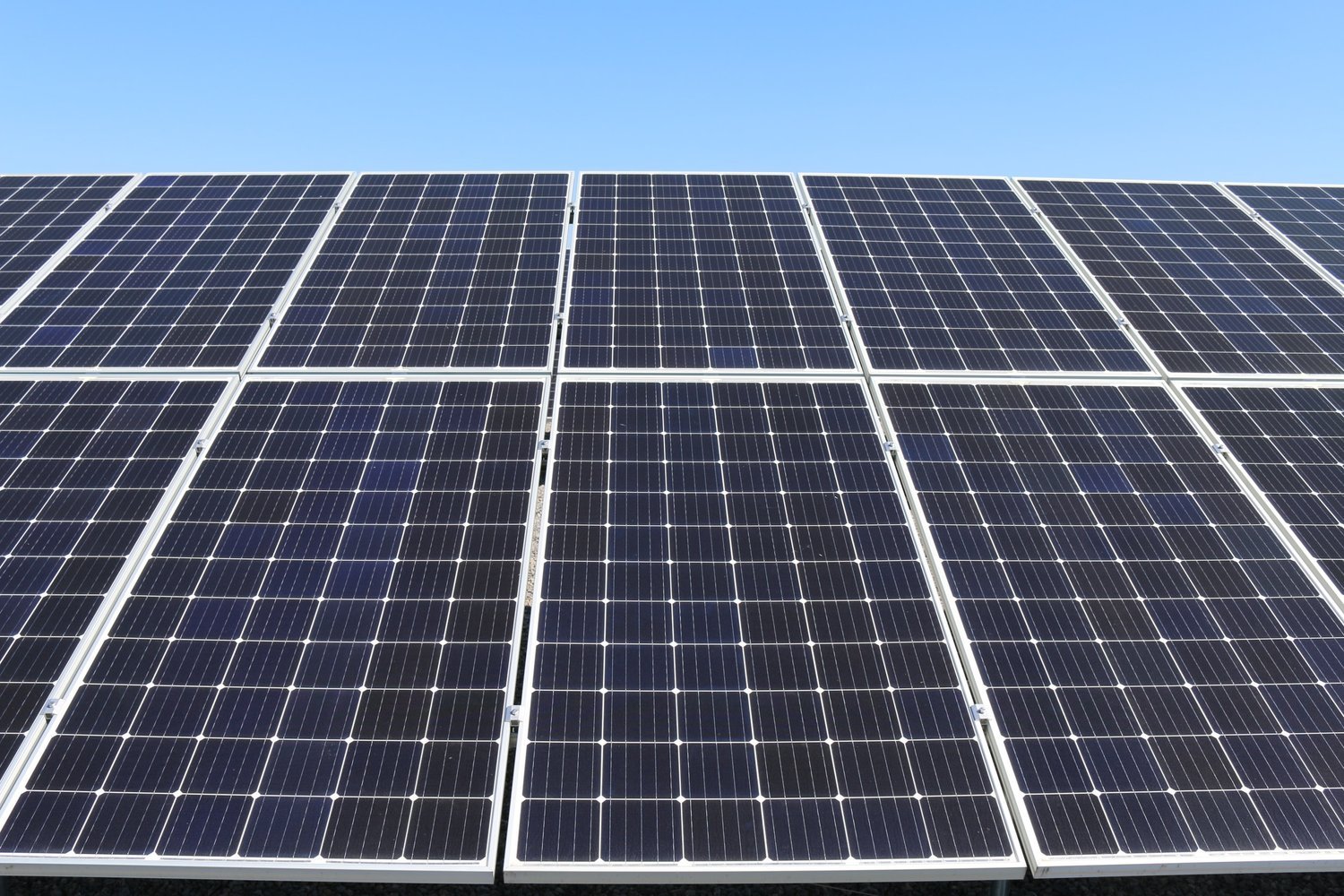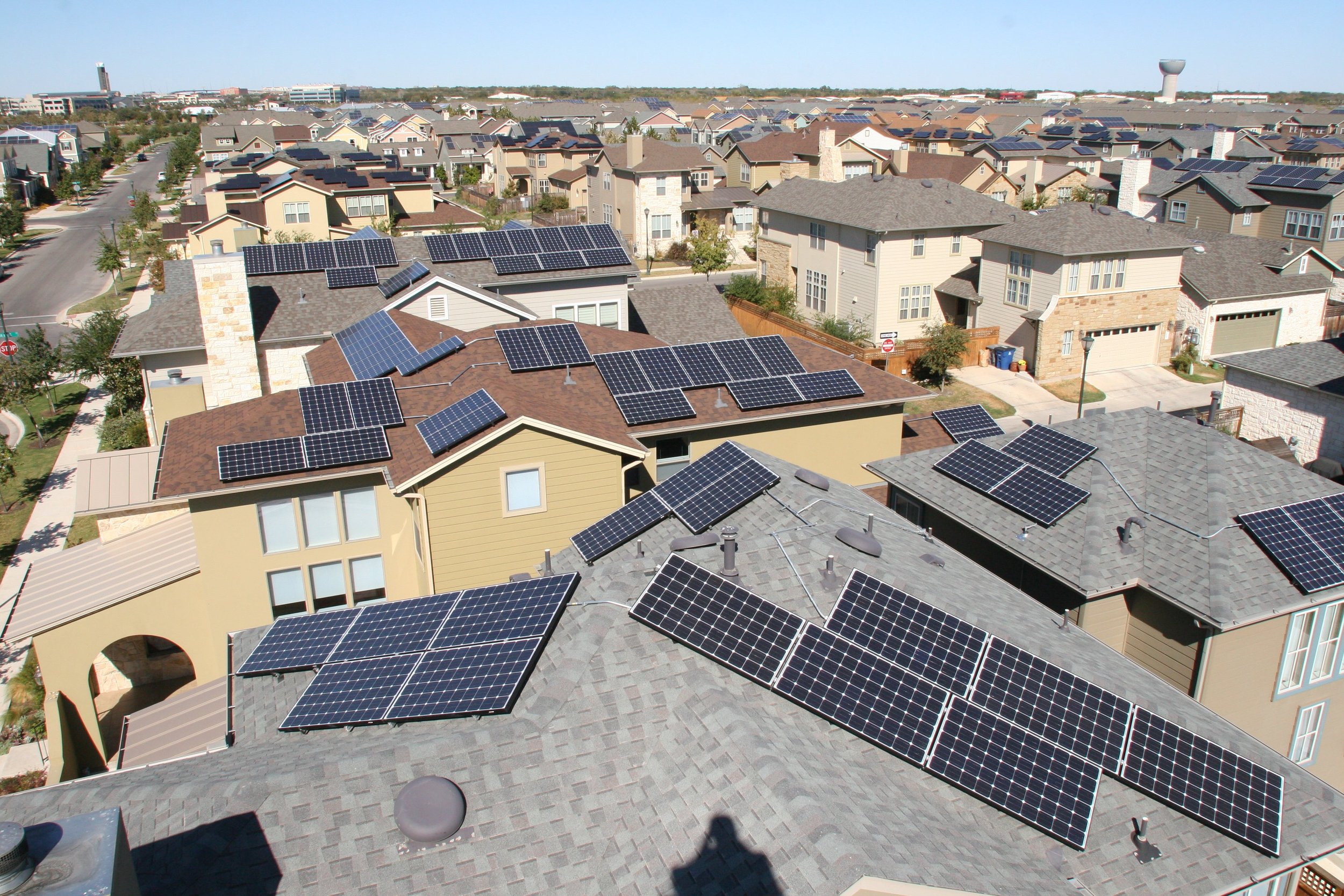AEMC Relies on Existing Roles to Govern DER Technical Standards
Fast Facts
The AEMC published a draft rule determination on 16 December 2021 on the governance of Distributed Energy Resources (DER) technical standards.
The draft rule determination is in response to a rule change request submitted on 21 September 2020 by Dr Kerry Schott AO (then chair of the Energy Security Board). The request proposed new governance arrangements for DER technical standards to be established in the National Electricity Rules (NER) and if necessary, the National Electricity Retail Rules (NERR).
The AEMC’s draft determination is to not make a rule; the AEMC has preferred to use existing powers and roles under energy laws to realise DER technical standards and integration.
The draft determination identified five roles for the AEMC to perform, if needed, to address the need for new or updated DER technical standards for the NEM. These include:
Identifying when the NEM needs new DER technical standards;
Working with the Energy Security Board (ESB) and the Australian Renewable Energy Agency (ARENA)’s Distributed Energy Integration Program (DEIP);
Observing Standards Australia’s DER committees;
Updating DER technical standards in the NER; and
Reporting on progress adopting standards and integrating DER.
The AEMC considers that it will perform these roles, where current processes are not addressing the NEM’s needs, using its existing powers under the national electricity laws – namely, to undertake a market review and convene an independent committee.
Written submissions on the draft rule determination are due on 3 February 2022.
Of relevance, the ESB has this week released its Interoperability Policy (Stage 1: Inverter based resources) for consultation, which seeks input from stakeholders on how the DEIP’s DEIP’s Common Smart Inverter Profile (CSIP-Aus) should be applied in the NEM. Submissions are also due on 3 February 2022.
Background
There has been a rapid proliferation of DER in Australia over the last decade – approximately 2.8 million (or 30%) of Australian households have installed solar PV, which is expected to more than double over the next decade. Technical standards are a key enabler for DER devices to communicate and participate in the NEM, and for providing customers with access to different services and service providers.
Why was the rule change request made?
The rule change request followed the outcomes of the ESB’s review into the governance of DER technical standards in the NEM. The review found that there were seven existing governance arrangements for DER technical standards, and a number of gaps and weaknesses. These included the inability to implement consistent national technical standards; the need for a fast, flexible and transparent standard setting process; and recognition that publication of an international or Australian standard does not mean automatic adoption.
The rule change request was submitted on 21 September 2020 by Dr Kerry Schott AO (then chair of the Energy Security Board). The objective of the proposal was to establish governance arrangements for DER technical standards that promote the long-term interest of consumers by:
Establishing DER technical standards in the NER or in a subordinate instrument under the NER;
Establishing a standing committee under the National Electricity Rules (NER) comprised of industry, consumer and market body representatives to provide expert advice on DER technical standards; and
Implementing standards through customer connections, including compliance and enforcement by the Australian Energy Regulator (AER).
What were stakeholder views on the proposal?
The majority of stakeholders were supportive of the intent of the proposal; most agreeing that there is a need to create a nationally harmonised approach to DER technical standards. Of the stakeholders that responded to the AEMC’s consultation paper, many supported the establishment of an advisory committee, including industry and consumer representatives, tasked with providing a forward looking DER technical standards roadmap that is consumer focused, and a clear regulatory framework for interpreting and enforcing compliance with DER standards. For example (not exhaustive):
Citipower/Powercor suggested that it was sensible to create a nationally consistent set of technical requirements, and inclusion in the NER or subordinate instrument would provide investor confidence;
AGL supported the establishment of the committee given the need for overarching strategic direction and an efficient and transparent standard setting process;
The Clean Energy Council strongly supported a national framework and suggested the setting and enforcement process should include consideration of costs and benefits, customer and business impacts, and interpretation and enforcement of standards;
Enphase agreed that the inability to implement consistent technical standards across the NEM causes a range of issues for customers, retailers, manufacturers and installers; and
Tesla supported the introduction of a committee to develop a long-term forward plan that extends to VPPs, demand response and other technical challenges.
A smaller number of stakeholders that responded were not supportive of the proposal, mainly on the basis that there were existing processes and measures in place. For example (not exhaustive):
Standards Australia did not support new governance arrangements as it already works closely with DEIP Interoperability Steering Committee on the development of DER technical standards; and
Master Electricians Australia didn’t support the rule change in its current form, as existing interim measures need to be evaluated, and the scope and make-up of any committee need to be carefully designed and subject to consultation.
Key Issues
The AEMC’s draft determination is to not make a rule. That is, the AEMC has determined not to adopt the proposed governance arrangements to avoid duplication of existing arrangements and initiatives. Rather than enshrining the proposed arrangements in the NER, the AEMC will instead use its existing powers under energy laws to support DER technical standards and integration, including its power to undertake reviews and convene committees.
The draft determination identified five roles for the AEMC to perform, if needed, to address the need for new or updated DER technical standards for the NEM. These include:
Identifying when the NEM needs new DER technical standards – where other organisation is undertaking this role, the AEMC could carry out a review, under section 45 of the NEL, to identify the need for new or updated technical standards. The AEMC may also convene a committee of industry experts to support the review. The AEMC considers that this approach reduces duplication, cost and complexity, provides flexibility, and allows for targeted standards development by Standards Australia based on the outcomes of the review.
Working with the ESB and ARENA’s DEIP – the AEMC would support the ESB’s DER Implementation Plan and DEIP’s Interoperability and Dynamic Operating Envelopes workstreams, and if necessary, facilitate the progression of issues to Standards Australia. The AEMC considers that this approach avoids duplicating or contradicting policy recommendations and minimise regulatory burden on stakeholders;
Observing Standards Australia’s DER committees – the AEMC would participate in Standards Australia’s DER technical committee as an observer, providing perspectives on NEM priorities, and would provide transparency to stakeholders by reporting its participation;
Updating DER technical standards in the NER – once technical standards are developed by Standards Australia or internationally, the AEMC would update DER technical standards in the NER as needed, in response to rule change requests. This would avoid duplicating the role and expertise of Standards Australia; and
Reporting on progress adopting standards and integrating DER – this role could be carried out through a review process if there are gaps in existing initiatives by other organisations, including reporting on recently introduced technical standards in the NEM, assessing market trends or issues, and making recommendations where necessary.
The AEMC has invited written submissions on the draft rule determination, which are due on 3 February 2022.
Our Insights
With the continuing penetration of DER – particularly rooftop solar PV and small-scale batteries, and VPPs and electric vehicles (EVs) over time – technical standards are becoming an increasingly important enabler for two-way energy flows, interoperability of devices, DER participation in markets, managing system and network security, and providing greater consumer choice. Given the pace of change, it is imperative the DER technical standards are developed, implemented and enforced in a timely, coordinated, transparent and consumer-focused manner.
There were a significant number of supportive submissions for this Rule change (or variations thereof), and a small number which did not agree – the most notable being Standards Australia, which is a specialist organisation in the development and adoption of international standards in Australia. It is reasonable to assume that the submission from Standards Australia has held considerable weight in the AEMC’s draft determination.
An approach that seeks to leverage Standards Australia’s expertise while minimising duplication, complexity and regulatory burden is sensible, given the breadth and depth of regulatory change currently underway.
Without establishment in the rules of a nationally harmonised framework for governance of DER technical standards however, existing roles, powers and programs will be relied upon to coordinate and progress priority technical standards addressing interoperability, cyber security and EVs. This means that the pressure is on the ESB (through its DER Implementation Plan), DEIP’s Interoperability Steering Committee and Standards Australia in particular, to effectively coordinate work programs to ensure that required standards are developed/adapted for the NEM’s context and enacted in a timely manner to enable interrelated DER reforms (such as dynamic operating envelopes and flexible trading arrangements) and ultimately deliver consumer outcomes.
Without a defined pathway for establishment and governance of DER technical standards, for example, it is currently unclear whether Standards Australia will adopt DEIP’s Common Smart Inverter Profile (CSIP-Aus), which leverages the IEEE2030.5-2018 standard, and/or whether a Rule change request will be made to mandate this technical standard in the NEM.
It’s worth noting that the ESB has this week released its Interoperability Policy (Stage 1: Inverter based resources) for consultation, which seeks input from stakeholders on how the interoperability standard (CSIP-Aus) should be applied in the NEM, including consideration of a proposed assessment framework to assess policy considerations, technical features and trade-offs. The Policy indicates that as part of the assessment process, a proposed pathway for implementation will be set out. Submissions to the Policy paper are due on 3 February 2022.
For more information, contact Simone Rennie at srennie@renniepartners.com.au




